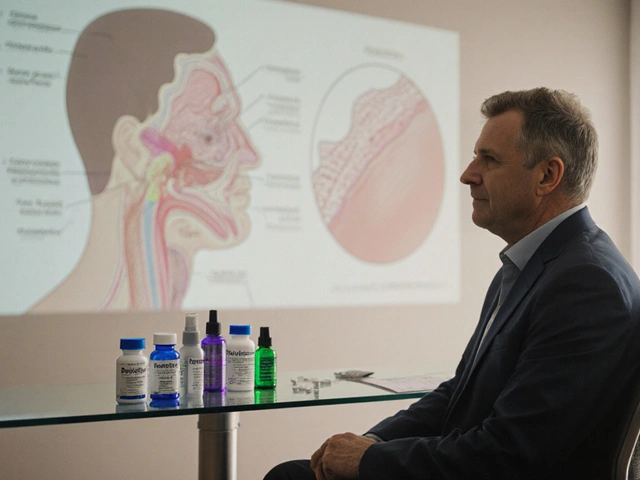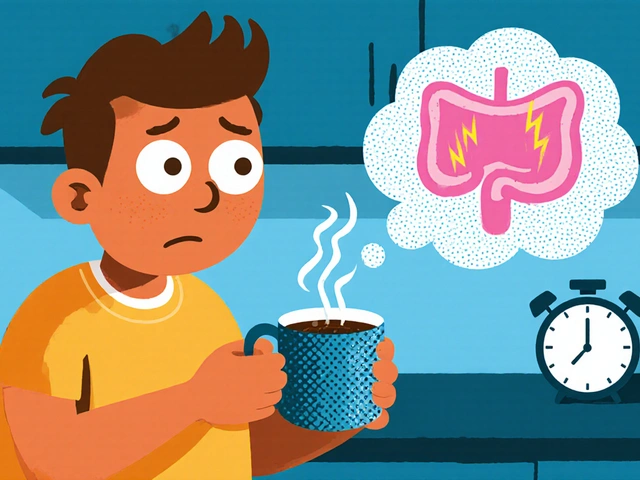Levonorgestrel – What It Is and How It Helps You
If you’ve ever needed a backup plan after unprotected sex, you’ve probably heard of levonorgestrel. It’s the active ingredient in most “morning‑after” pills and in many low‑dose birth‑control pills. In simple terms, levonorgestrel is a synthetic form of the natural hormone progesterone. It works by stopping an egg from being fertilized or by preventing a fertilized egg from sticking to the uterus.
Because it’s ready‑to‑use and doesn’t need a prescription in many countries, levonorgestrel is a go‑to option for people who need quick protection. But it’s not just for emergencies – the same hormone is also found in regular oral contraceptives and some hormonal IUDs, offering ongoing birth‑control benefits.
How to Take Levonorgestrel Correctly
The emergency‑use pill comes in a single 1.5 mg dose (usually two 0.75 mg tablets taken together) or a split‑dose (one tablet now, another 12 hours later). For the best chance of preventing pregnancy, take it as soon as possible after unprotected sex – preferably within 12 hours and no later than 72 hours. Effectiveness drops from about 95 % to roughly 58 % the longer you wait.
When levonorgestrel is part of a daily birth‑control pill, the dose is much lower – typically 0.03 mg per tablet. You need to take it at the same time every day to keep hormone levels steady. Skipping doses can reduce effectiveness and may cause spotting.
Side Effects, Interactions & Safety Tips
Most people feel fine after taking levonorgestrel, but a few common side effects include nausea, tiredness, headache, and light spotting. If you vomit within two hours of swallowing the pill, you might need a backup dose because the hormone may not have been absorbed.
Lev onorgestrel can interact with some medicines, especially enzyme‑inducing drugs like certain antibiotics, anti‑seizure meds, and herbal supplements (e.g., St. John’s wort). These can make the hormone work less effectively, so talk to a pharmacist or doctor if you’re on other meds.
Women who are pregnant, have a history of blood clots, liver disease, or certain cancers should avoid levonorgestrel unless a health professional says it’s safe. Breastfeeding moms can use it, but the dose in breast milk is tiny and not considered harmful.
If you experience severe abdominal pain, dizziness, or a sudden rash after taking levonorgestrel, seek medical help right away. Those symptoms could signal a rare but serious reaction.
In short, levonorgestrel is a reliable, fast‑acting option for emergency contraception and a solid component of many regular birth‑control methods. Knowing the right timing, dosage, and potential interactions helps you use it safely and get the protection you need.

Explore how levonorgestrel BP works as emergency contraception and its mental health effects, from anxiety to decision regret, with practical coping tips.
Continue Reading




